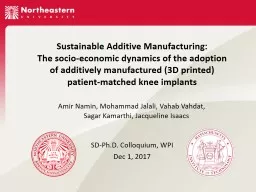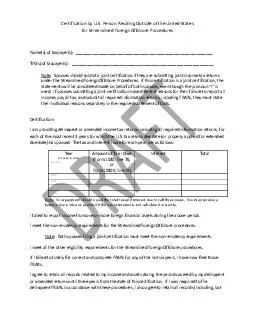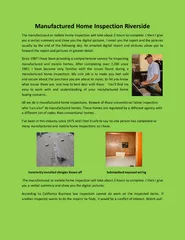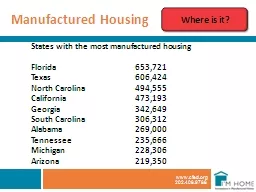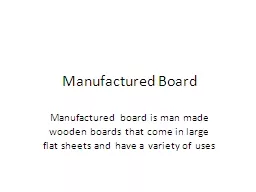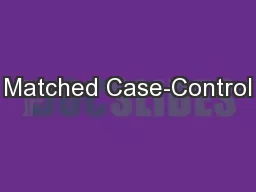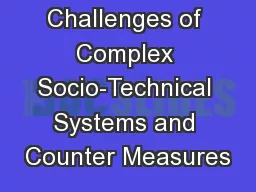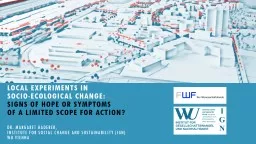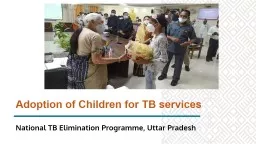PPT-The socio-economic dynamics of the adoption of additively manufactured (3D printed) patient-matched
Author : iamamercy | Published Date : 2020-06-17
Amir Namin Mohammad Jalali Vahab Vahdat Jacqueline Isaacs SDPhD Colloquium WPI Dec 1 2017 3D Printing key trend of Smart Manufacturing 2 Additive Manufacturing3D
Presentation Embed Code
Download Presentation
Download Presentation The PPT/PDF document "The socio-economic dynamics of the adopt..." is the property of its rightful owner. Permission is granted to download and print the materials on this website for personal, non-commercial use only, and to display it on your personal computer provided you do not modify the materials and that you retain all copyright notices contained in the materials. By downloading content from our website, you accept the terms of this agreement.
The socio-economic dynamics of the adoption of additively manufactured (3D printed) patient-matched: Transcript
Download Rules Of Document
"The socio-economic dynamics of the adoption of additively manufactured (3D printed) patient-matched"The content belongs to its owner. You may download and print it for personal use, without modification, and keep all copyright notices. By downloading, you agree to these terms.
Related Documents

